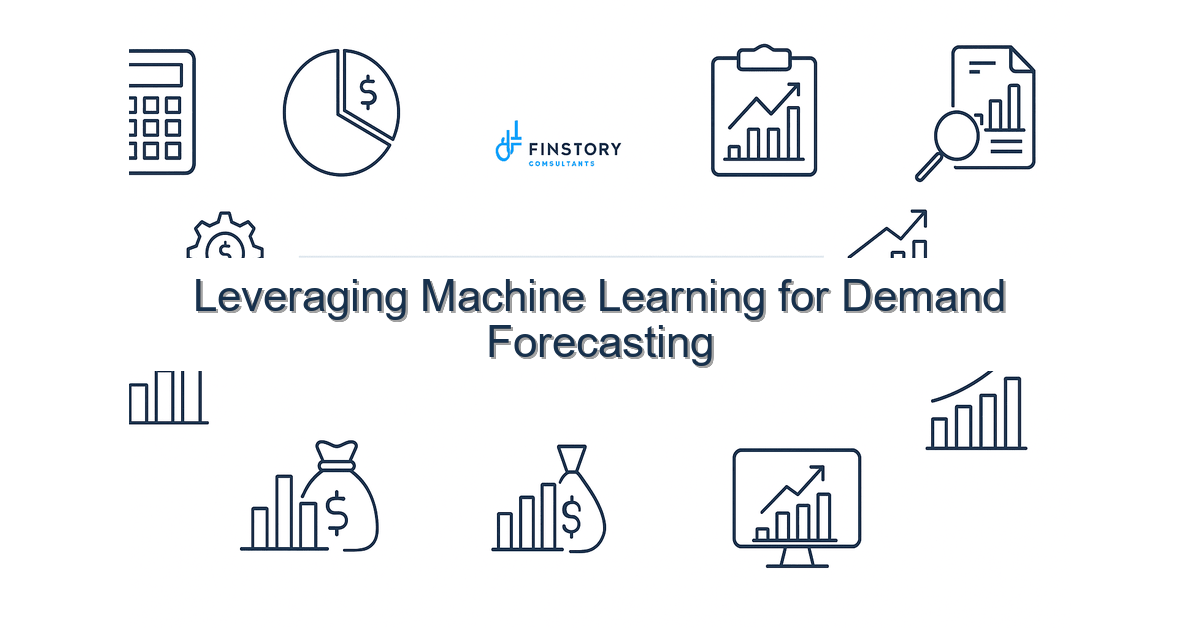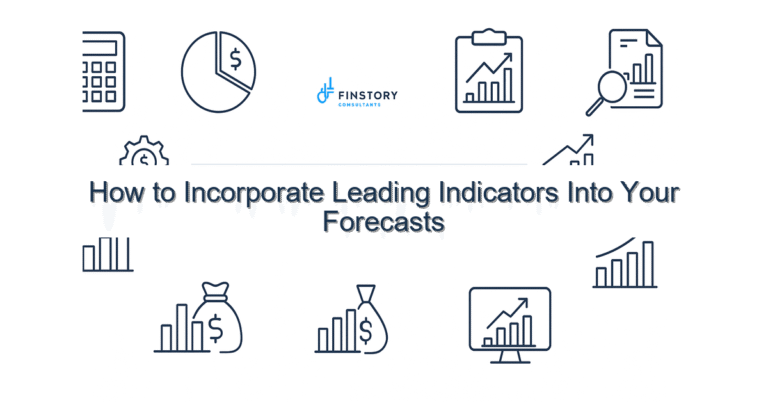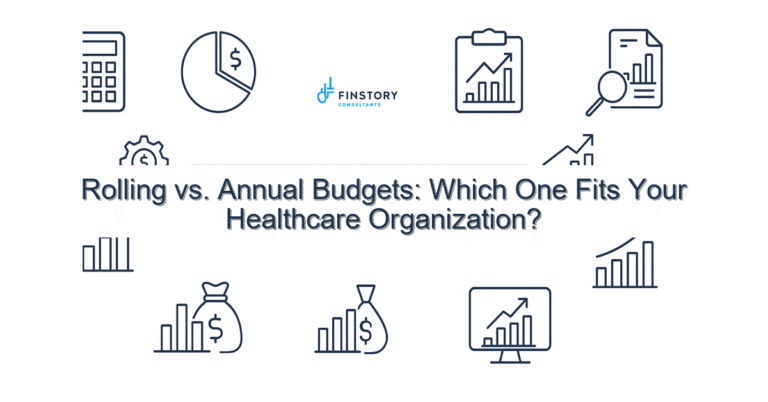Leveraging Machine Learning for Demand Forecasting
You’re juggling bed capacity, pharmacy inventory, and budgets while expectations keep rising. It feels impossible to predict demand with outdated spreadsheets and gut calls—because it often is. You deserve forecasts that are timely, transparent, and actionable.
Summary: Implementing machine learning for demand forecasting gives healthcare operations and finance leaders more accurate, faster predictions—so you reduce stockouts, lower carrying costs, and make confident budget decisions backed by data.
What’s the real problem?
Forecasting demand in healthcare is messy. Patient volumes, seasonal illnesses, supplier delays, and payer changes all collide. Traditional approaches—static budgets and simple moving averages—break down when volatility rises.
- Inventory surprises: frequent stockouts for high-use items or overstock of expensive supplies.
- Plan vs. reality gaps: budgets that miss by 10–30% because forecasts ignore operational signals.
- Slow decision cycles: leadership waits days or weeks for reconciled numbers and then reacts too late.
- Trust issues: clinicians and finance don’t trust the numbers, so they create shadow reports.
What leaders get wrong
Most leaders mean well but lean on familiar tactics that don’t match today’s complexity.
- Treating forecasting as a one-time exercise instead of an ongoing process.
- Over-relying on simple averages and calendar-based adjustments instead of using data signals (procurement lead times, referral patterns, weather, scheduling changes).
- Under-investing in data hygiene—models are only as good as the inputs.
- Expecting a single vendor tool to fix cultural and process gaps without training or governance.
A better approach: machine learning for demand forecasting
Machine learning for demand forecasting doesn’t mean replacing humans. It means using models to surface patterns, quantify uncertainty, and speed decisions. The approach below balances tech, people, and process.
- Step 1 — Define the decision: Are you forecasting daily OR disposable usage, OR bed occupancy, or payer-driven revenue? Tie the forecast to a specific operational decision.
- Step 2 — Inventory the signals: Pull electronic health record volumes, scheduling, historical consumption, supplier lead times, local epidemiology, and billing lag data.
- Step 3 — Build a layered model: Start with explainable models (seasonal regressions, gradient-boosted trees) that blend time series + causal features. Include uncertainty bands, not just point estimates.
- Step 4 — Integrate into workflows: Publish results to Power BI dashboards and finance automation pipelines so FP&A and ops see the same forecast and assumptions.
- Step 5 — Learn and govern: Set a 90-day cadence to evaluate forecast error, retrain models, and update business rules.
Real-world story: A regional health system we partnered with began by forecasting four high-cost surgical implants. Within three months, they reduced procurement lead-time errors by 40% and cut emergency orders by nearly one-third—freeing cash and stabilizing OR scheduling.
Quick implementation checklist
- Pick one high-impact use case (e.g., OR disposables, ICU vent demand, high-cost meds).
- Gather 12–36 months of historical usage and related signals (schedules, admissions, clinic volumes).
- Map current decision process: who adjusts orders, where delays occur, and what tolerance for stockouts is acceptable?
- Run a pilot model using explainable ML (XGBoost or Random Forest) and include confidence intervals.
- Publish results to a Power BI dashboard with clear assumptions and a comments field for clinicians/finance.
- Compare model vs. actual weekly for eight weeks; log errors and root causes.
- Automate the data pipeline into finance automation tools to reduce manual reconciliation.
- Train a small cross-functional team (ops, procurement, finance) on interpreting the forecast.
- Plan monthly governance reviews to update features and thresholds.
What success looks like
Measure success in operational and financial terms. Typical targets after a focused 3–6 month rollout:
- Forecast accuracy improvement: increase mean absolute percentage accuracy (MAPE) by 10–25%.
- Reduced stockouts: lower emergency purchase events by 25–40%.
- Cycle time: shorten budget-to-forecast update cycle from weeks to days.
- Cash efficiency: reduce inventory carrying costs by 8–15%.
- ROI: expect measurable savings in procurement and waste that often pay back the pilot within 6–12 months.
Risks & how to manage them
There are three common risks—and straightforward mitigations.
- Garbage in, garbage out: poor data quality skews models. Mitigation: invest 20% of project time on data cleaning and simple validation rules.
- Black box distrust: clinicians and finance don’t trust opaque models. Mitigation: use explainable models, show feature importance, and keep an override workflow.
- Scope creep: trying to forecast everything at once stalls progress. Mitigation: start with one use case, show wins, then scale.
Tools & data
Successful deployments combine modern tools with existing systems. Use finance automation to align forecasts with ledgers and cash flow. Surface forecasts in Power BI for leadership reporting and daily operations. Common elements:
- Data sources: EHR extracts, procurement logs, billing/payment lags, scheduling, and local public health feeds.
- Modeling tools: Python/R for prototyping; productionize with cloud services or embedded scripts in your analytics platform.
- Delivery: Power BI dashboards for leadership reporting, and integrations into finance automation or ERP for automatic order recommendations.
FAQs
Q: How much historical data do we need?
A: Start with 12 months for seasonal patterns, 24–36 months for stable models. If you have shorter windows, use simpler models and more frequent retraining.
Q: Will ML replace our demand planners?
A: No. ML augments planners by surfacing patterns and uncertainties. Human judgment remains critical for exceptions, supply negotiations, and policy decisions.
Q: How long before we see ROI?
A: Many clients see measurable savings within 3–6 months on targeted inventory categories; enterprise-wide benefits follow as you scale processes.
Q: Can we use Power BI with ML outputs?
A: Yes. Power BI is ideal for leadership reporting and can show forecast bands, feature drivers, and actionable recommendations.
Next steps
If you’re ready to move from spreadsheets to reliable forecasts, start with a focused pilot that ties forecasts to a decision (e.g., OR inventory or pharmacy spend). Need help scoping the pilot, connecting data, or standing up dashboards? Contact Finstory for a short discovery—no long proposals, just a pragmatic plan.
Contact Finstory to start a pilot in the next 30 days and see how machine learning demand forecasting for finance and operations can cut waste and improve decisions.
Work with Finstory. If you want this done right—tailored to your operations—we’ll map the process, stand up the dashboards, and train your team. Let’s talk about your goals.
Related reading: see our posts on finance automation, financial planning & analytics services, and Power BI healthcare dashboards for more on connecting models to decisions.
📞 Ready to take the next step?
Book a 20-min call with our experts and see how we can help your team move faster.
Prefer email or phone? Write to info@finstory.net
or call +91 44-45811170.






